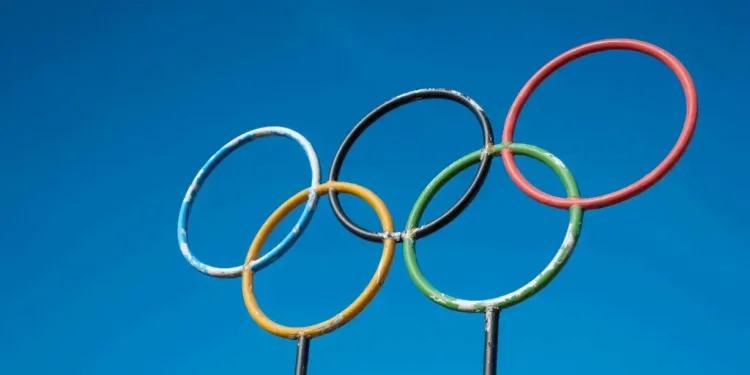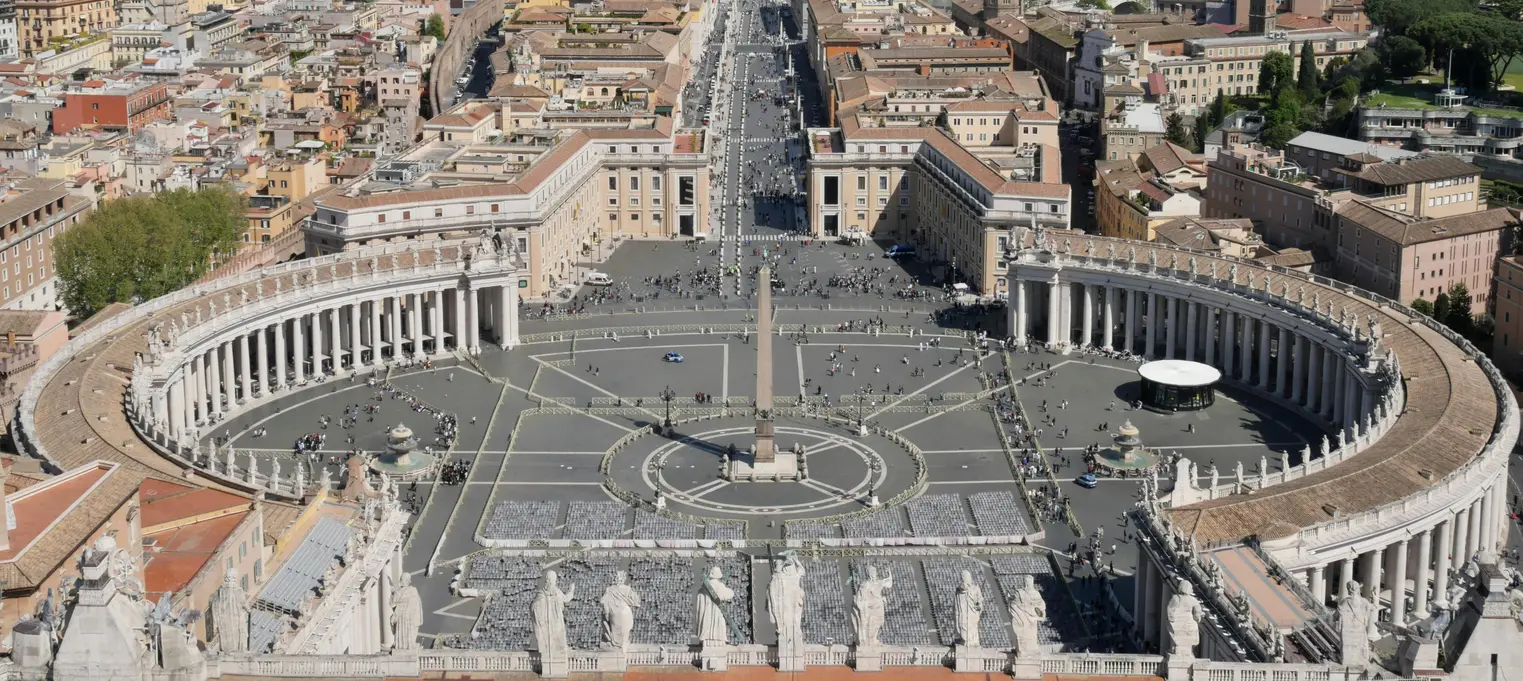1. The Modern Olympics Began in 1896
The first modern Olympic Games were held in Athens, Greece, in 1896. This was a nod to the ancient Olympic Games, which were held in Olympia from the 8th century BC to the 4th century AD. The rebirth of the Olympics was spearheaded by Baron Pierre de Coubertin, who sought to promote international understanding through sports.
2. Women Were First Allowed to Compete in 1900
Women were not allowed to compete in the first modern Olympics. It wasn’t until the 1900 Paris Games that women were allowed to participate, and even then, they could only compete in a few events, such as tennis and golf. Today, women compete in nearly every sport, showcasing the evolution of gender equality in sports.
3. The Olympics Have Been Canceled Three Times
The Olympic Games have been canceled three times in history. The 1916 Berlin Games were canceled due to World War I, while the 1940 Tokyo Games and the 1944 London Games were canceled due to World War II. The Tokyo 2020 Olympics were postponed to 2021, but not canceled, due to the COVID-19 pandemic.
4. The Olympic Rings Symbolize Global Unity
The five interlocking rings of the Olympic symbol represent the unity of the five inhabited continents: Africa, the Americas, Asia, Europe, and Oceania. The colors of the rings (blue, yellow, black, green, and red) were chosen because at least one of these colors appears on every national flag in the world.
5. The Olympic Flame is Lit in Olympia
The Olympic flame is a symbol of the Games, representing continuity between ancient and modern competitions. The flame is lit in Olympia, Greece, by focusing the sun’s rays on a mirror, and then it is carried to the host city by a series of torchbearers. The torch relay culminates in the lighting of the Olympic cauldron during the opening ceremony.
6. The Youngest and Oldest Olympians
The youngest Olympian ever was Dimitrios Loundras, a Greek gymnast who competed in the 1896 Athens Games at the age of 10. The oldest Olympian was Swedish shooter Oscar Swahn, who competed at the 1920 Antwerp Games at the age of 72. These record-holders show that the Olympic spirit transcends age.
7. The Winter Olympics Were Introduced in 1924
The first Winter Olympics were held in Chamonix, France, in 1924. Initially, they were held in the same year as the Summer Olympics, but since 1994, the Winter and Summer Olympics are held in alternating even-numbered years, providing a more sustainable and focused platform for winter sports.
8. The Olympic Games Feature Over 400 Events
The modern Olympic Games feature a wide array of sports and events. The Summer Olympics currently includes over 400 events across 33 sports, while the Winter Olympics includes about 100 events in 15 sports. New sports are added periodically, reflecting the evolving interests and innovation in sporting activities worldwide.
9. The Games Have a Significant Economic Impact
Hosting the Olympic Games can have a massive economic impact on the host city and country. The costs involved can run into the billions, but they can also bring significant revenue and global exposure. The Games can boost tourism, create jobs, and lead to infrastructure improvements. However, they can also lead to debt and economic challenges if not managed well.
10. The Paralympics and Youth Olympics
In addition to the Olympic Games, there are also the Paralympic Games and the Youth Olympic Games. The Paralympics, held shortly after the Summer and Winter Olympic Games, showcase athletes with disabilities. The Youth Olympic Games, inaugurated in 2010, provide a platform for young athletes aged 14 to 18 to compete on an international stage. These events foster inclusivity and youth engagement in sports.


















